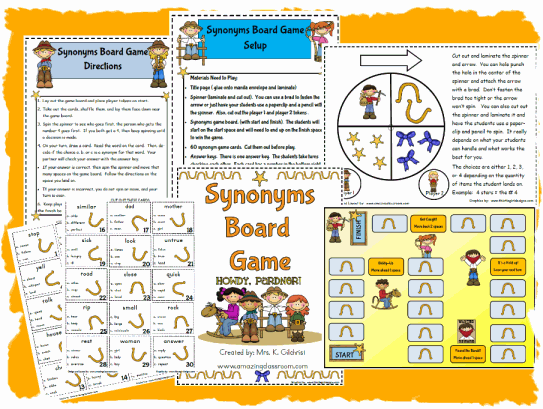

If there is a tie, the players with the highest number spin again. The player with the highest number goes first. Now, each player chooses a car and a peg to place in the driver's seat.ĭecide who goes first by spinning the wheel. The banker organizes the money, then gives each person $10,000. The same thing occurs with the Homeowner's Insurance Policies, Bank Loans and Automobile Insurance Policies.Ĭhoose one player as the banker. They go face down at any edge of the board. Separate the other cards into four piles: a Salary pile, House Deeds pile, Career pile and The rest of the tiles are for the draw pile. Next, mix up the Life tiles and take four (don't look at them) and place them near Millionaire Estates. $500 bills were dropped in the 1980s as were $1,000 bills in 1992.īefore you start the game, make sure that each piece is attached to the board in the correct spot. Other tangibles vary between versions of the game. Some "early modern" editions have eight cars.Įach game also includes a setup for a bank which includes play money in denominations of $5,000, $10,000, $20,000, $50,000, and $100,000 bills automobile, life, fire, and/or homeowners' insurance policies (depending on the version) $20,000 promissory notes and stock certificates. Playing pieces are small, colored, plastic automobiles which come in red, blue, white, yellow, orange, and green each car has six holes in the top in which blue and/or pink "people pegs" are placed throughout the game as the player "gets married" and has or adopts "children". The board also contains small mountains, buildings, and other three-dimensional objects. The modern game consists of a track on which players travel by spinning a small wheel (in the center of the board) with spaces numbered 1 through 10. In 1960, the 100th anniversary of The Checkered Game of Life, the first modern version of The Game of Life, a collaboration between Reuben Klamer and Bill Markham, was introduced. A player could gain 50 points by reaching "Happy Old Age" in the upper-right corner, opposite "Infancy" where one began. The object was to land on the good spaces and collect 100 points.

The game board was essentially a modified checkerboard. (Dice were considered too similar to gambling.) Ives in 1843, it had a strong moral message.īradley's game did not include dice, instead using a te totum, a six-sided top. Like many games from the 19th century, such as The Mansion of Happiness byS. The game sold 45,000 copies by the end of its first year. This was the first game created by Bradley, a successful lithographer, whose major product until that time was a portrait of Abraham Lincoln with a clean-shaven face, which did not do well once the subject grew his famous beard. The game was originally created in 1860 by Milton Bradley as The Checkered Game of Life.
#The game of life instructions 2020 how to#
It later spawned a book, The Game of Life: How to Succeed in Real Life No Matter Where You Land(Running Press), by Lou Harry. It is now part of the permanent collection of the Smithsonian's National Museum of American History and an inductee into the National Toy Hall of Fame. It was created and co-designed by toy and game designer Reuben Klamer and was "heartily endorsed" by Art Linkletter. The modern version was originally published 100 years later, in 1960.

Variations of the game accommodate eight to ten players. Two to six players can participate in one game.

The Game of Life was America's first popular parlor game. The game simulates a person's travels through his or her life, from college to retirement, with jobs, marriage, and possible children along the way. The Game of Life, also known simply as Life, is a board game originally created in 1860 by Milton Bradley, as The Checkered Game of Life.


 0 kommentar(er)
0 kommentar(er)
